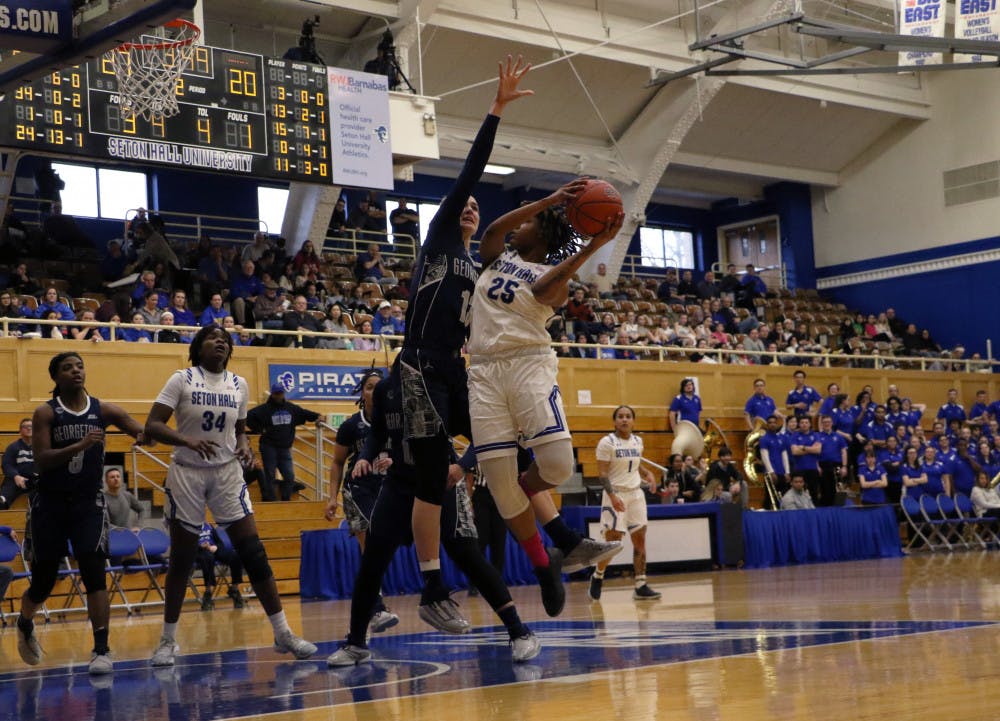2014 was a year filled with memorable headlines from Ebola to Ferguson, missing Malaysia airlines Flight 370 to unrest in Ukraine, Ray Rice’s domestic violence scandal and even Kim Kardashian’s back side. Of course, one of these is not like the other, but a common thread seems to connect them all.
These headlines frankly make 2014 seem like one of the worst years ever. At the same time, last year, several states in the U.S. struck down gay marriage bans, the country experienced its highest job growth since the 90s, and of course, Coldplay released a new, captivating album. I may be biased with that last one.
The truth is, a lot of good things did occur in 2014 but were overshadowed by the bad, largely due to imbalanced media coverage. In the 21st century, most media outlets spend more time covering negative news than positive; However, this is a reflection of society.
Studies have shown that people pay more attention to negative headlines and news. We live in a society where negative events are publicized to exhaustion, while positive events are rarely go as noticed.
Remember the huge ozone layer crisis of 2002 that shifted public opinion on climate change? In 2014, scientists officially confirmed that the ozone layer is in recovery, since 197 nations of the UN pledged to ban chemicals destroying the earth’s protective outer layer.
It would be ignorant to say negative news is less important. It reveals issues in the world and evokes change. And there is always room to improve.
Recent coverage of the terrorist attack on a French satirical newspaper, for example, placed emphasis on protecting freedom of expression, as well as the fight against terrorism.
However, positive news has proven to be just as influential and beneficial. 2014 news coverage of the social media sensation, the Ice Bucket Challenge, made the charity activity go viral and made headlines. As a result, the ALS foundation and other foundations devoted to fighting Lou Gehrig’s disease received over a $100 million in funding towards research.
Difference between the two, is that too much exposure of negative news can be harmful. With coverage of the 2015 terrorist attacks in France, the media continues to draw public attention to the criminals, unintentionally giving them fame for their crimes.
On one hand, it’s the media’s job to cover all news with as much depth and accuracy as possible; but on the other, excessive attention to negative news can make things worse. Too much coverage of the attacks could entice similar acts and motives from others and even generate support for the group behind the actual events.
Equal coverage should be given to the positive events that followed this tragedy, like the anti-terrorism March in France where over 3.7 million people participated, including a large number of world leaders at its forefront.
It is safe to say several of the events that made news in 2014 will reappear in 2015, because many issues are still relevant and unresolved. We should continue to honor the lost and give voice to the victims; But, we should also be proud of the strides we’ve already made.
The media just needs to even the playing field a little.
Natalie Rebisz is a senior journalism major from Clifton, N.J. She can be reached at natalie.rebisz@student.shu.edu.





